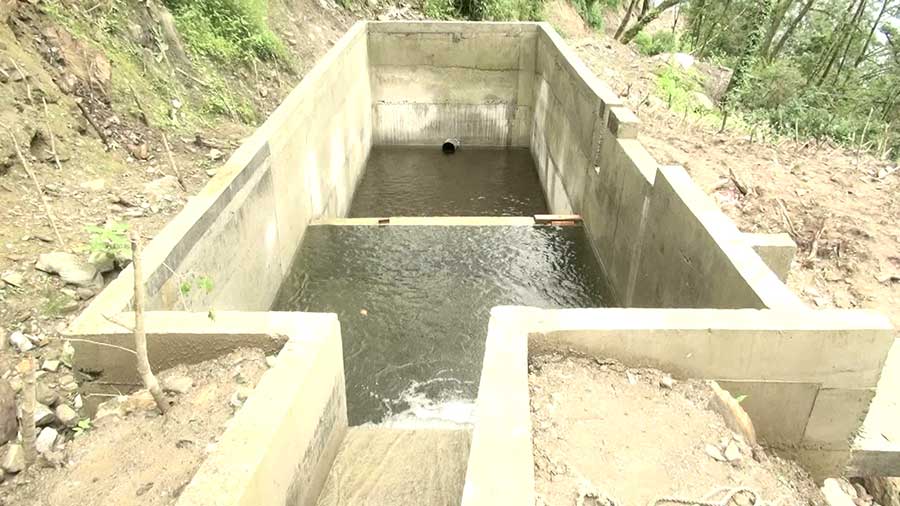
Without a proper irrigation canal, farmers of Samchholing Khatoed and Khamaed chiwogs in Dragteng Gewog in Trongsa have to struggle to get irrigation water every year. However, this year, they are able to irrigate their fields using pipes.
 Usually, at this time of the year, farmers of Samchholing will be busy transplanting paddy. However, today, almost all households have completed the transplantation early.
Usually, at this time of the year, farmers of Samchholing will be busy transplanting paddy. However, today, almost all households have completed the transplantation early.
The district and gewog administration initiated a project to construct two intake tanks at the source of their irrigation water. The water is then distributed to the fields using two-kilometre-long pipes. This provided farmers with enough irrigation water from mid of last month.
The water can irrigate almost 240 acres of land.
“In the past, we struggled for irrigation water because of the irrigation canal. Since the water is small, it was not enough to divide among three or four villages,” said Namgyel, the Samchholing Khatoed Tshogpa.
Officials say the project to supply irrigation water by using pipes will last up to five decades.
“There will be no water seepage because the water is supplied through pipes,” said Karma Wangchuk, the Dy. Chief Agriculture Officer
The Global Climate Fund allocated nearly Nu 12 M for the project which began last year. The project is expected to encourage the farmer to revive the fallow land. In Samcholing Khatoed and Khamaed Chiwogs, 70 acres of wetland are left fallow.
“Especially, the residents in the lower parts of the chiwog face irrigation water shortage. This has affected the farmers forcing them to leave their wetland fallow. However, we will prioritize reviving the land,” the Tshogpa added.
The district will hand over the project to the community this month. The residents of Samchholing Khatoed and Khamaed cultivate rice as one of the main cash crops.
Every year, the two chiwogs produce about 100 metric tons of rice which is about ten truck loads.
Passang, Trongsa
Edited by Tshering Zam








